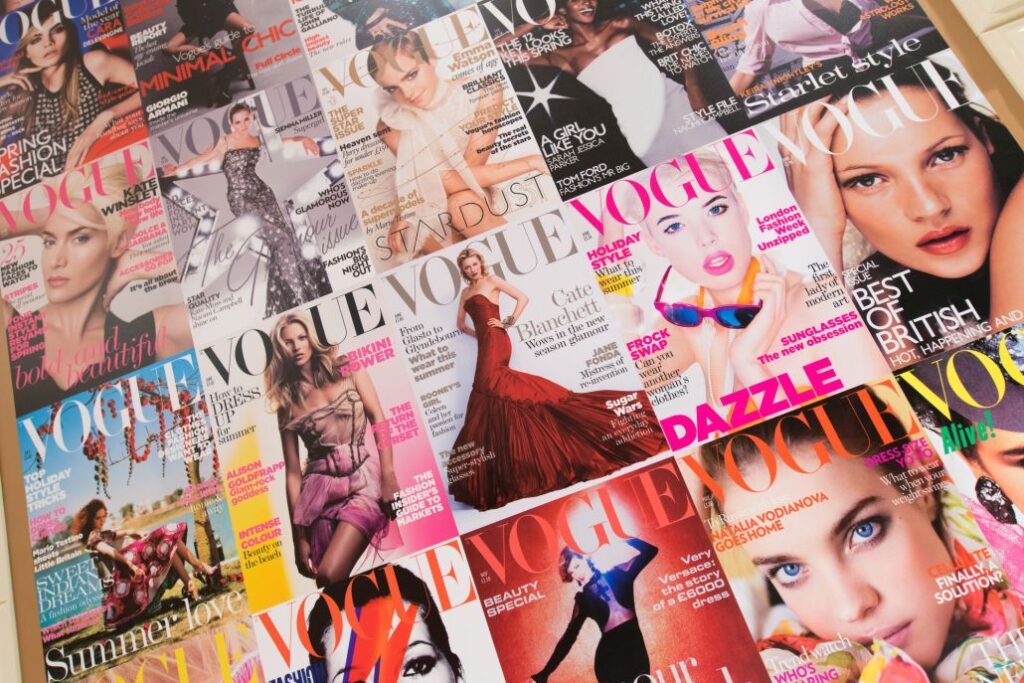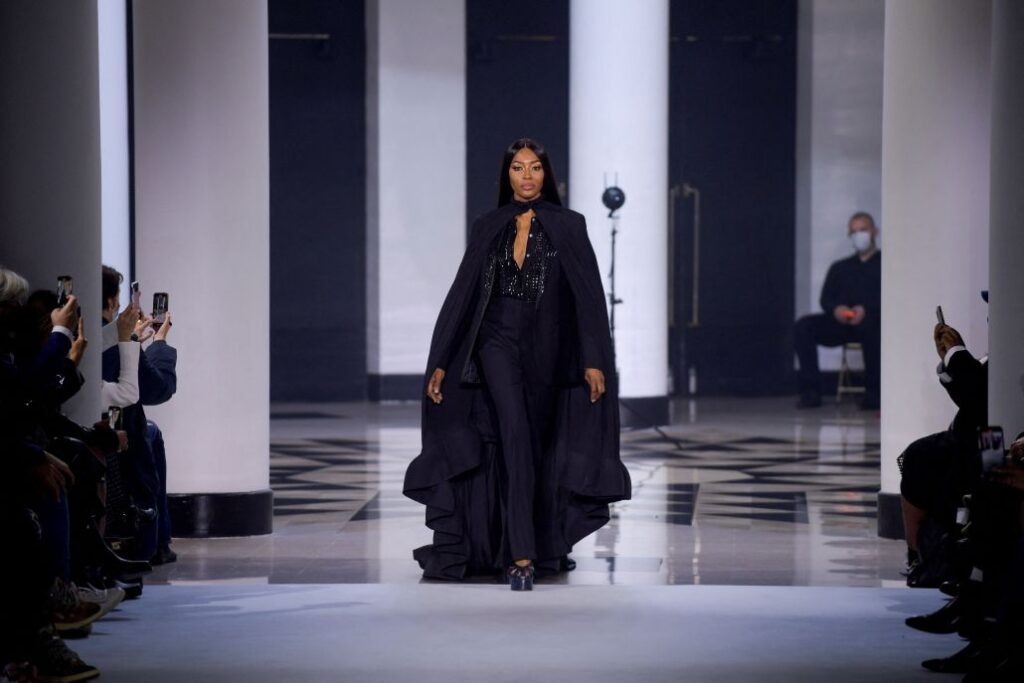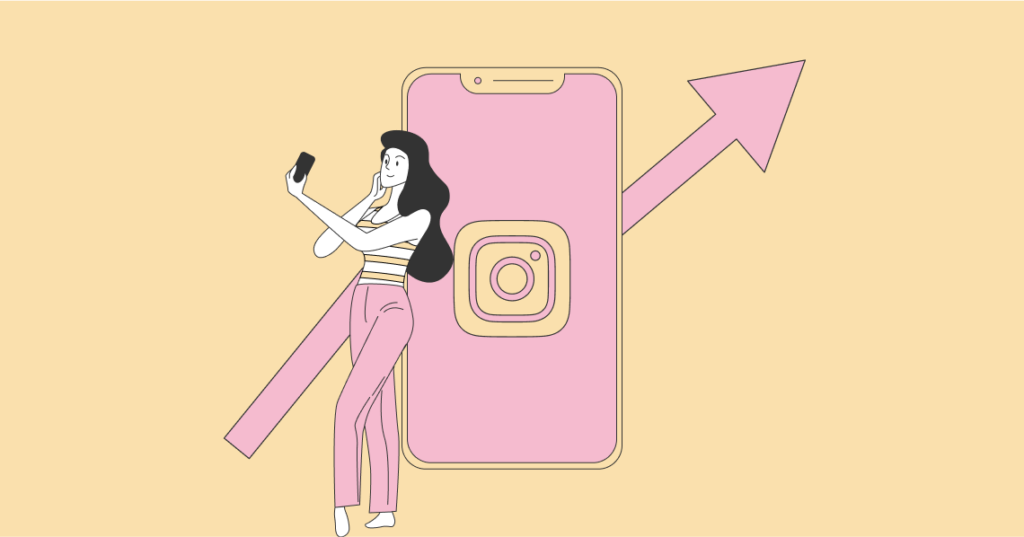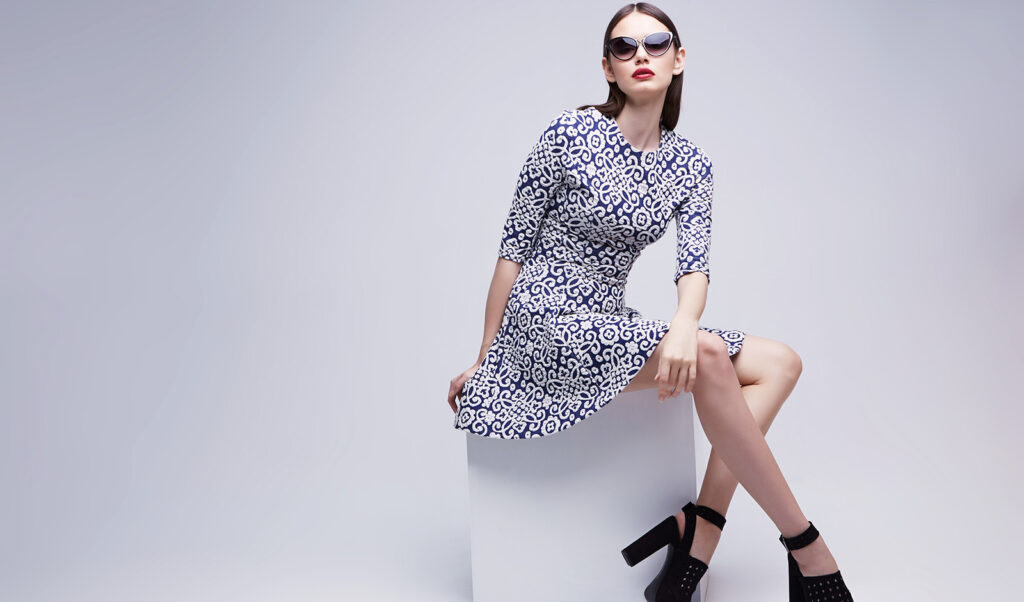The modeling business is one of the most successful and profitable sectors of the fashion industry. This business involves models working on catwalks, photo shoots, advertising campaigns, and other events.
However, with the development of technology and the spread of the Internet, the modeling business has begun to actively move into the online sphere, using websites and social media platforms for promotion and advertising. In this article, let’s look at the stages of development of the modeling business from catwalks to websites.

Originally, the modeling business was closely tied to the physical presence of models on catwalks and photo studios. Models spent long hours on fittings, rehearsals and working with photographers. Advertising campaigns required models to be physically present to create quality content. However, with the advent of the Internet and online communication capabilities, the modeling business began to change its operating principles.

With the development of social media platforms such as Instagram, models were able to promote their career and personal brand directly. They could post their photos and work, attract audience attention and receive promotional offers. Social media became a valuable tool for self-publishing and connecting with designers and brands.
However, along with the development of social media, websites began to emerge to present their work more professionally, such as hotties.club. Model websites allow models to create personal portfolios, share their accomplishments, and offer their services and contact information. Websites provide models with a greater degree of control over their image and allow them to set their own rules and terms of cooperation.

The origins of the modeling business go back to the early 20th century, when fashion magazines began using photographs to showcase new collections of clothing and accessories. Throughout the 1920s and 1930s, magazines began hiring models to represent the products of fashion designers and fashion houses. Some of the first models to become famous included names such as Louise Brooks, Dorothy Lamour and Claudia Morgan.
However, the real explosion of the modeling business came in the post-war years. With the development of television and popular culture, modeling took on a new dimension. Models began to appear on magazine covers, in advertising campaigns and fashion shows. In the 1960s, the Ford Models modeling agency was founded by Irene Dorothy Modl and became one of the most influential in the industry. This is when famous models such as Twiggy, Linda Evangelista, and Naomi Campbell appeared.

In the 1970s, the modeling business continued to grow and models became more and more in demand. Clothing catalogs, commercials, fashion shows, and other events became the main platforms for models to show off their appeal and style. In the 1980s, supermodels such as Cindy Crawford, Naomi Campbell, Claudia Schiffer and Christy Turlington became true stars and style icons.

With the development of the Internet and social media in the 2000s, the modeling business underwent another revolution. The ability to self-promote and build an audience gave new faces in the industry the opportunity to become famous and successful models. Thanks to platforms like Instagram and YouTube, models can showcase their work and attract the attention of designers and agencies.
The modern modeling business is characterized by diversity and includes different types of models: models for fashion shows, models for advertising campaigns, blogger models, model-influencers, etc. Brands and designers go to great lengths to select the right models to reflect their ideals and values.
However, the modeling business is not without its problems. It often faces criticism for its stereotypical representation of the beauty and ideal of the female body. In recent years, many steps have been taken to incorporate more diversity into the industry and display different types of beauty.

The history of the modeling industry is a story of the transformation of the industry and its adaptation to changing times. From classic supermodels to blogger models and Influencers, the modeling industry continues to evolve and capture the attention of the public. Today’s models become not only the faces of brands, but also style icons that inspire many people.
As a result, the history of the modeling business shows that models are not just faces on the covers of magazines, but also representatives of the fashion industry, sources of inspiration and symbols of style. Undoubtedly, this industry will continue to evolve and change in the future, reflecting new trends and beauty norms in society.
Along with technological changes and the development of social media, the modeling business has become more accessible to a wider audience. The ability to self-promote and create their own brand has allowed many young people to realize the dream of becoming a model. Thanks to platforms like Instagram, models can showcase their work, showcase their lifestyle, and interact with their fans. This has created new opportunities for model-influencers who attract attention not only with their looks, but also with their uniqueness, lifestyle and looks.
However, with the growing popularity of the modeling business came some negative aspects as well. Unfortunately, the industry suffers from the problem of beauty standards and misconceptions about health and weight. Many models face the pressure to be super thin and adhere to strict diets, which can have negative consequences for their physical and mental health. In recent years, many efforts have been made to overcome this problem, and the industry has increasingly recognized the importance of healthy living and diversity.

Today, the modeling business has also become a reflection of social and cultural change. The importance of including diversity in the industry is increasingly being recognized. Models of different ethnic groups, ages and clothing sizes are becoming more and more visible on runways and in advertising campaigns. This indicates a gradual shift in the representation of the ideal of beauty and the recognition that each person is unique and beautiful in his or her own way.

